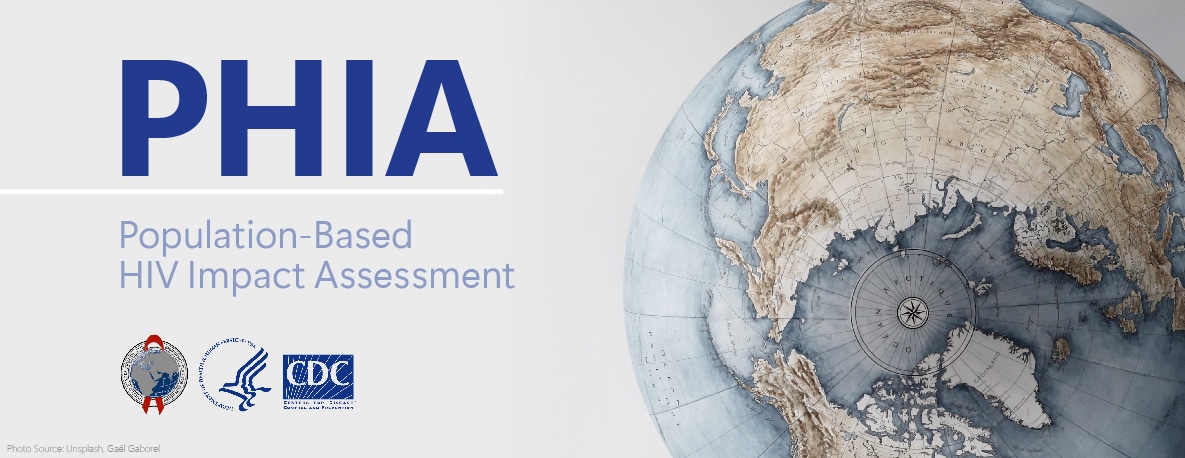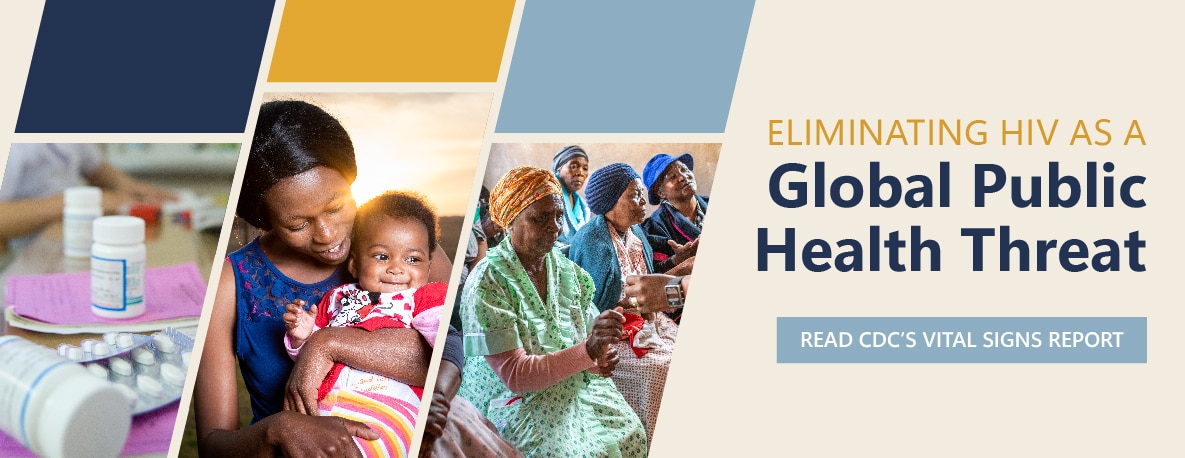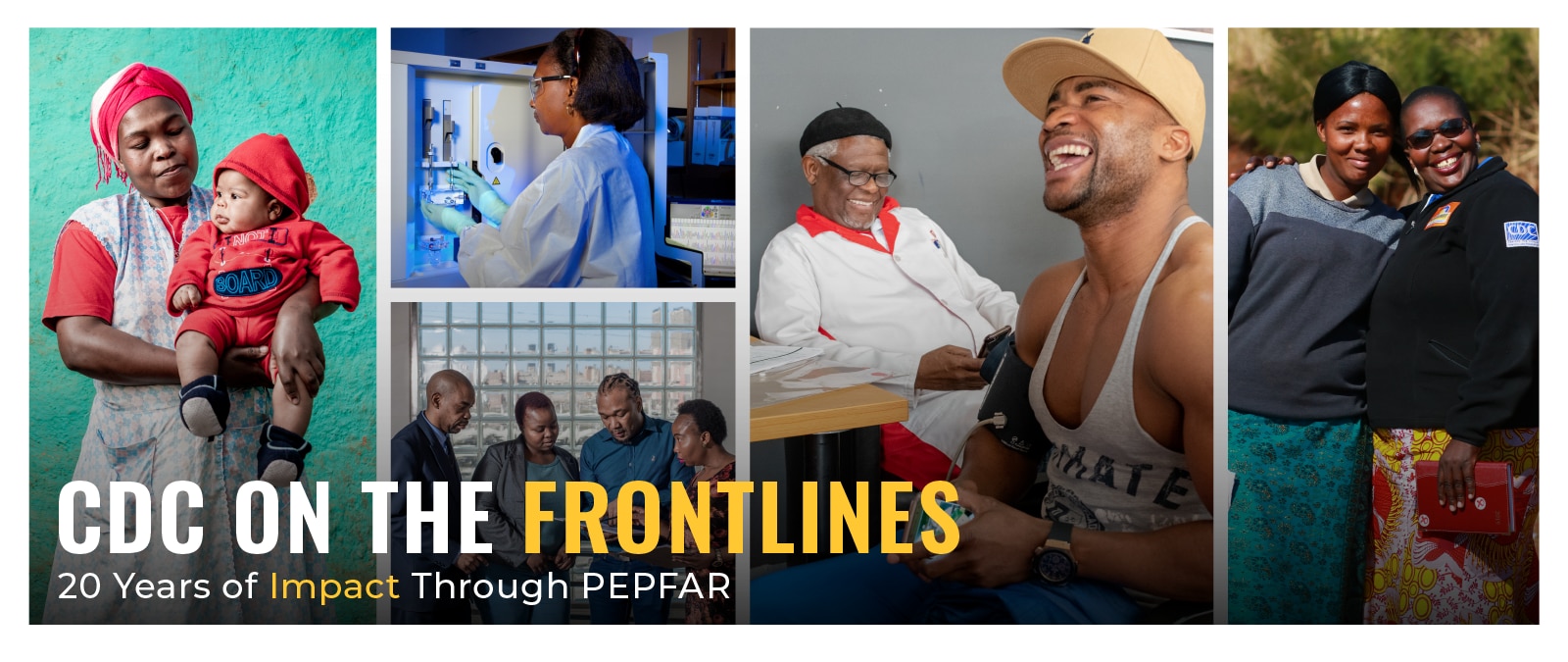Kenya Country Profile

Kenya Country Profile
Discover more about CDC’s work in Kenya viewing our detailed country profile
Country Overview
CDC launched its Kenya office in 1979 and continues to work with the Ministry of Health, and local and international partners, to strengthen the country’s HIV epidemic control efforts. CDC provides funding and technical assistance supporting the country’s HIV testing and treatment efforts, with a specific focus on high burden areas and underserved populations. CDC also provides technical support to Kenya’s National Tuberculosis (TB), Leprosy and Lung Disease Program in developing policy guidelines and coordinating efforts to enhance integrated care for TB and HIV. Additionally, CDC is the Ministry’s leading technical partner in enhancing national HIV surveillance and evaluation efforts to ensure that program implementation is based on the most accurate data. CDC also provides technical leadership in implementing high-quality laboratory services in Kenya through infrastructure improvement, building healthcare workforce capacity, and optimization of the laboratory-clinical interface.
Per Capita GNI
$2,170
(2022)
Population (million)
54.02
(2022)
Under 5 Mortality
37.2/1,000 Live Births
(2021)
Life Expectancy
61.4 Years
(2021)
Estimated HIV Prevalence
3.7%
(Ages 15-49): (2022)
Estimated AIDS Deaths
16,000
(Age≥15) (2022)
TB Treatment Success Rate
85%
(2020)
Estimated TB Incidence
251/100,000
(2021)
Estimated Orphans Due to AIDS
590,000
(2022)
TB patients with known HIV-status who are HIV-positive
24%
(2021)
Reported Number Receiving Antiretroviral Therapy (ART)
1,240,454
(Age≥15) (2022)
Strategic Focus
Through the U.S. President’s Emergency Plan for AIDS Relief (PEPFAR), the Centers for Disease Control and Prevention (CDC) Kenya works with multiple stakeholders including the Kenya Ministry of Health (MOH), local and international partners to support and strengthen prevention and control efforts for the HIV and Tuberculosis (TB) epidemics. To achieve these goals, CDC Kenya:
• Supports the Kenya MOH in the development of strategic policy guidelines through technical and financial support, enabling Kenya to be an early adopter of new scientific evidence in HIV and TB programming.
• Provides funding and technical assistance to local and international partners to support both national and county-level efforts in HIV prevention, identification, linkage, treatment and retention of people living with HIV (PLHIV), with a specific focus on high burden areas and underserved populations, in line with the Kenya AIDS Strategic Framework.
• Serves as the leading technical partner to the Kenya MOH in national HIV surveillance and evaluation efforts to ensure program implementation is based on the most recent, relevant and science-based data.
• Provides technical leadership in the implementation of high quality laboratory services in Kenya through laboratory infrastructure improvement, capacity building of health workers and optimization of the lab-clinical interface.
• Supports partners in establishing and maintaining sound financial management systems to ensure transparency, accountability and compliance with federal regulations.
Key Activities and Accomplishments
Comprehensive HIV Treatment: CDC has provided support for antiretroviral therapy (ART) for all PLHIV by focusing on same day initiation and differentiated service delivery models for adults and children. Through enhanced geographic and population focus for implementation, fiscal year 2017 PEPFAR program data shows that CDC supported the provision of ART to 60% of PLHIV in PEPFAR-supported sites.
Elimination of Mother to Child Transmission: In order to achieve virtual elimination of mother to child transmission of HIV, CDC has provided support to optimize identification, treatment, retention and viral suppression among HIV-infected pregnant and breastfeeding women.
HIV Prevention: CDC has supported interventions that increase access to voluntary medical male circumcision (VMMC), HIV testing services, evidence-based behavioral interventions, and prevention programs for key populations. CDC is a lead agency in the implementation of the Determined Resilient Empowered AIDS Free Mentored and Safe (DREAMS) initiative – a comprehensive program that aims to reduce HIV incidence among highly vulnerable adolescent girls and young women in Kenya.
TB/HIV: CDC has provided technical support to the National Tuberculosis, Leprosy and Lung Disease Program in 1) the development of strategic policy guidelines and 2) the coordination and reporting efforts needed to enhance integrated care for TB and HIV. Through these efforts, Kenya continues to be a leader in HIV testing for TB patients, ART uptake for TB/HIV co-infected patients, and TB prevention among PLHIV through Isoniazid preventive therapy (IPT).
HIV Surveillance and Epidemiology: CDC supports public health research and implementation of HIV surveillance systems. Key achievements include epidemiological studies in the health and demographic surveillance systems, HIV Case-Based Surveillance, mortuary based assessment of HIV-associated mortality, integrated biological and behavioral surveillance of key populations, triangulation of data from research and program to better inform PEPFAR planning.
Health Systems and Evaluation: CDC led the technical design and development of a national certification framework for electronic medical records (EMRs) in Kenya – once translated into national policy, this framework will standardize the use of EMRs in Kenya and improve governance of health information systems. CDC has also been a key contributor to aligning PEPFAR and MOH data to streamline monitoring and reporting of key outcomes.
Laboratory Systems and Networks Strengthening: CDC supports laboratory accreditation and training, quality assurance for HIV testing, drug resistance testing, early infant diagnosis, and blood safety and infection control for healthcare and laboratory facilities. Currently, CDC supported laboratories directly contributed to two thirds of the more than 1 million viral load tests conducted annually in Kenya.

Tracking PEPFAR Impact Toward Global Targets
The U.S. Centers for Disease Control and Prevention (CDC) works with partners including host countries, local implementing partners, faith-based organizations, and other community-based organizations to measure progress towards HIV epidemic control in countries supported by the U.S. President’s Emergency Plan for AIDS Relief (PEPFAR).

Vital Signs: Global HIV Communications Toolkit
In 2003, the U.S. President’s Emergency Plan for AIDS Relief, or PEPFAR, was announced. When it was launched, PEPFAR became the largest commitment by any nation to address a single disease in history. At the time, HIV was a global crisis, devastating families, communities, and economies worldwide—particularly in sub-Saharan African countries.

CDC On the Frontlines
Over the past 20 years, the U.S. President’s Emergency Plan for AIDS Relief (PEPFAR) has saved millions of lives as a leader in the global response to two of the world’s deadliest infectious diseases – HIV and TB. As a key implementing agency of the U.S. President’s Emergency Plan for AIDS Relief (PEPFAR), CDC is at the forefront of these global efforts to treat and prevent these diseases.